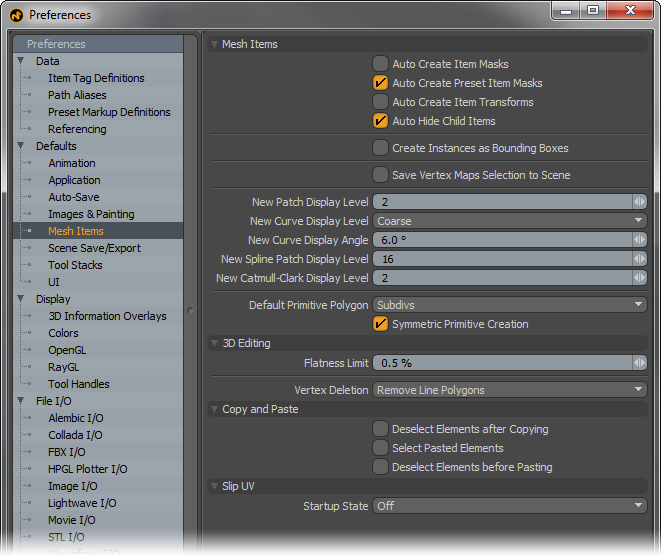

Additionally, a related aim was to observe to what extent the organizers' intervention in the social reading activity impacts the participants' response.

We also classified the tweets by considering their originality, employing both automated text reuse detection approaches and manual categorization to identify quotations, paraphrases and other forms of reader response. In order to evaluate such differences, we performed a quantitative analysis focusing on the number of tweets/retweets generated by participants and a network analysis exploiting the study of interactions between them. The overall goal behind this study was to explore how participants with different motivations (educational or leisure), familiarity with the medium (newbies and active Twitter users), and participating instructions respond to a highly structured DSR activity in terms of intensity of engagement and social interaction.

In this paper, we analyze the use of Twitter for an educational project that involved Italian high schools' teachers and students, and other external Twitter users, in commenting on a novel over a specified period of time. Tracking the behavior of users when they share online their reading experiences allows to evaluate “how digital media are creating new social valences of reading” ( Nakamura, 2013, p. DSR offers great opportunities to several disciplines, such as literary studies, education and library studies, inasmuch as it allows to collect a great quantity of data about readers' response to literature, language learning, and the promotion of reading ( Rebora et al., 2021 Rebora and Pianzola, 2018). Its two most studied forms are online book reviews ( Dimitrov et al., 2015 Driscoll and Rehberg Sedo, 2018 Hegel, 2018 Thelwall, 2019 Thelwall and Kousha, 2017) and social annotation of texts ( Blyth, 2014 Gao, 2013 Kalir and Garcia, 2019 Marshall and Brush, 2004 Thoms and Poole, 2018). The full terms of this licence may be seen at ĭigital social reading (DSR) is a growing phenomenon regarding the use of social media to discuss reading experiences. Anyone may reproduce, distribute, translate and create derivative works of this article (for both commercial and non-commercial purposes), subject to full attribution to the original publication and authors. This article is published under the Creative Commons Attribution (CC BY 4.0) licence. Copyright © 2021, Federico Pianzola, Maurizio Toccu and Marco Viviani License


 0 kommentar(er)
0 kommentar(er)
